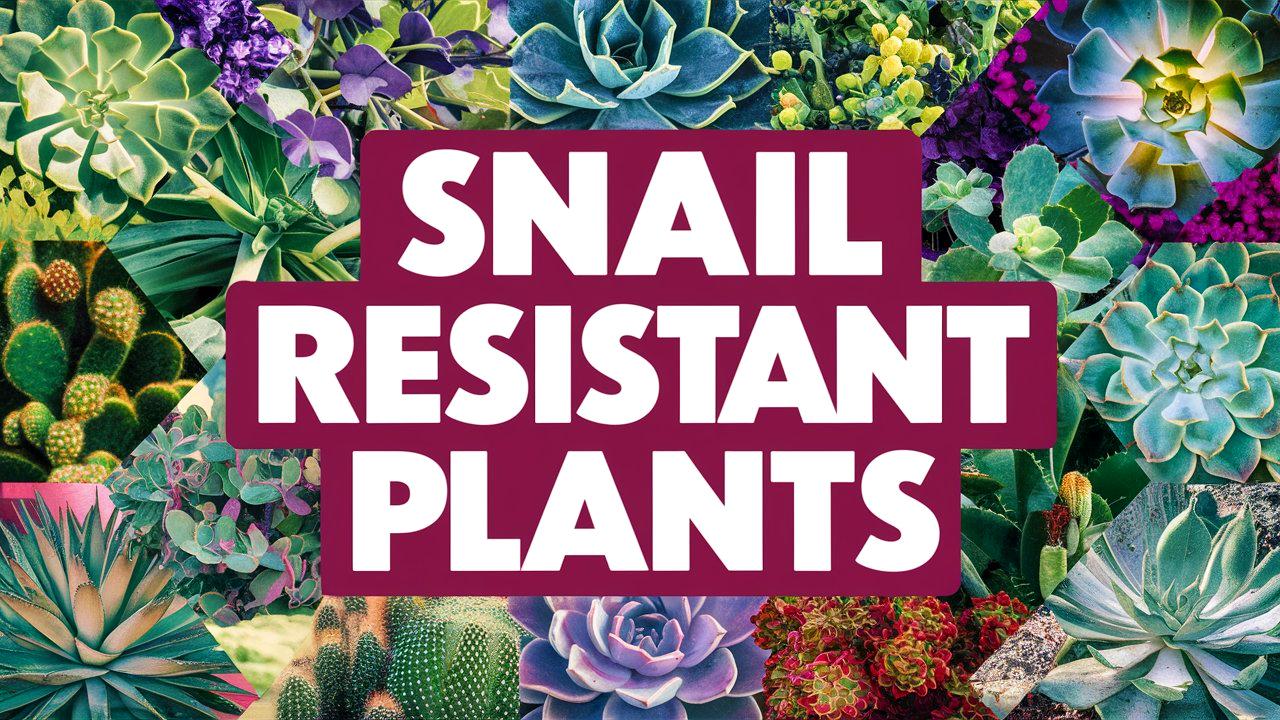For many gardeners, dealing with snails can feel like an endless battle. These slimy intruders can wreak havoc in the garden, devouring tender seedlings and prized blooms. However, there are several plant species that are well-known for their natural resistance to snails.
This guide explores a variety of some of the best snail-resistant plants, helping you to cultivate a vibrant and healthy garden ecosystem.
Verbascum
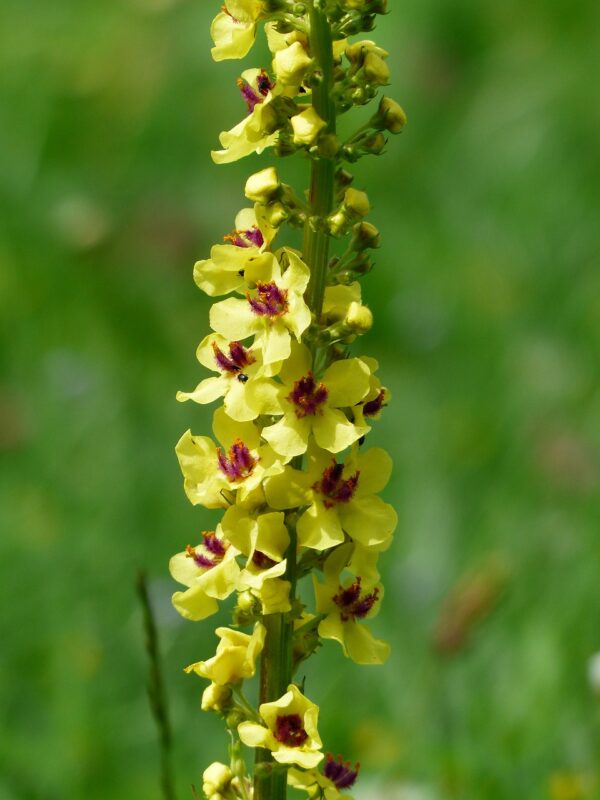
Also known as mullein, Verbascum is a perennial that thrives in well-drained soil and full sun. This rugged plant is characterized by its tall, spiky flower stalks bearing dense clusters of yellow, white, or purple blooms. Its coarse foliage is unappealing to snails, making it a great addition to any garden looking to deter these pests. Verbascum’s ability to grow in poor soil conditions also adds to its appeal, as it requires little maintenance and can flourish even in less-than-ideal environments.
Geum
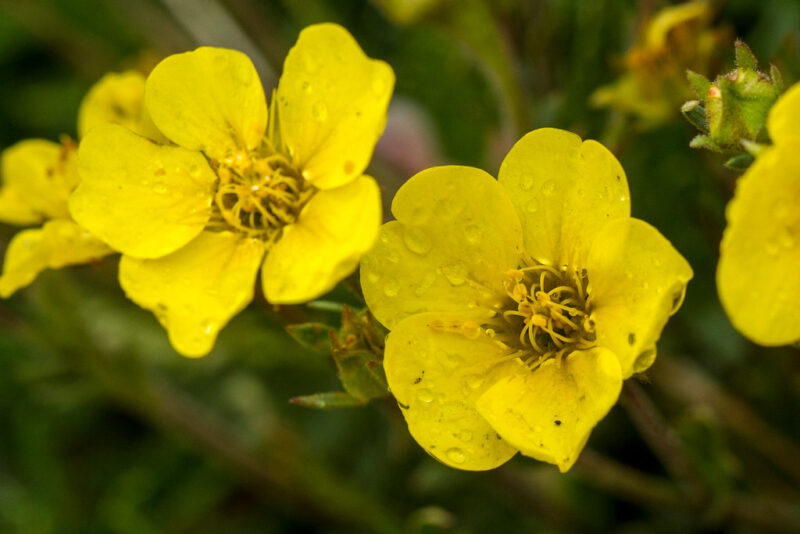
Geum is a robust perennial known for its charming, cup-shaped flowers, typically in shades of orange, red, and yellow. These plants flourish in full sun to part shade and are fairly drought-tolerant once established. The leaves of Geum have a slightly hairy texture, which makes them less inviting to snails and slugs. They also attract pollinators, such as butterflies, adding another layer of biodiversity to your garden. Their long blooming period provides vibrant color throughout the season, making them a favorite among gardeners seeking beauty and resilience.
Agapanthus
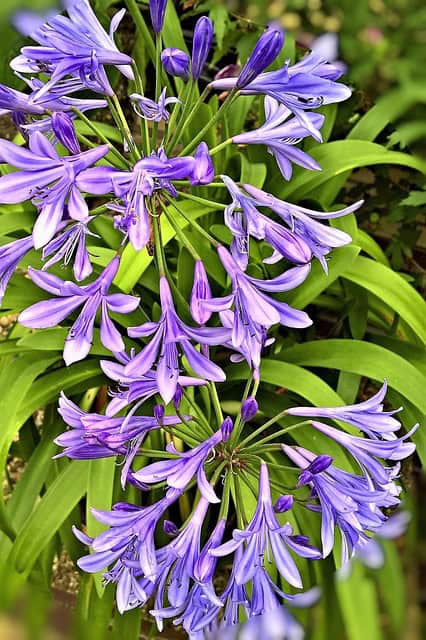
Commonly known as African lily, Agapanthus features stunning clusters of blue or white flowers that rise above lush green foliage. This perennial is not just visually striking, but it is also highly resistant to snails due to its thick, leathery leaves. Agapanthus thrives in sunny locations and can tolerate drier conditions, making it a great choice for gardeners in warmer climates. Its ability to form large clumps creates an impressive display during its blooming period, while its resistance to pests ensures that your garden remains healthy and flourishing.
Peony
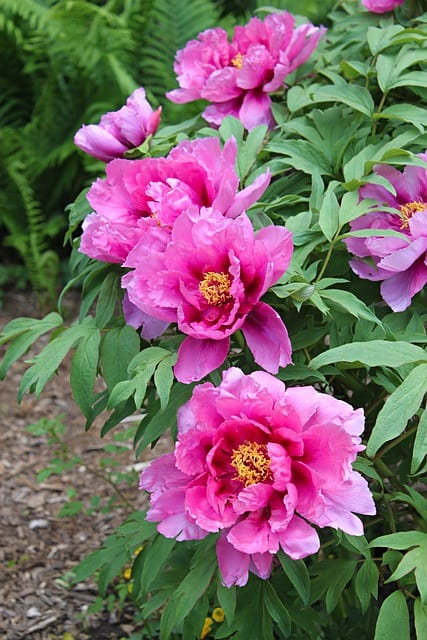
Peonies are beloved perennials that produce lavish and fragrant blooms, available in a range of colors, from soft pastels to bold hues. Snails typically avoid peonies due to their dense foliage and robust structure. Peonies thrive in full sun and well-drained soil, and they can last for many years with proper care. Their longevity and resilience make them a treasured addition to gardens, while their lush blooms provide a stunning focal point in any landscape. Plus, they attract beneficial insects, which help combat pests, further protecting your garden from snail damage.
Iris
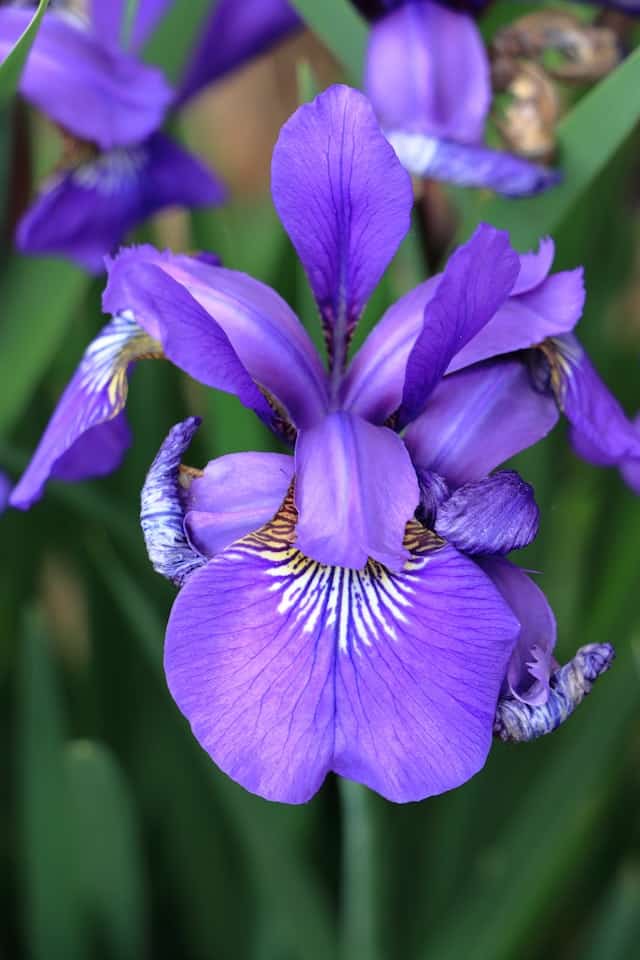
Irises are hardy perennials recognized for their dramatic blooms and sword-like foliage. They are available in numerous colors and sizes, and they thrive in well-drained soil and sunny spots. Snails tend to steer clear of irises due to their waxy leaf surface. Moreover, irises are relatively low-maintenance, requiring moderate water and occasional division to prevent overcrowding. Their unique flowers, which bloom in early to mid-spring, add a splash of color and elegance to any garden, making them a favorite for both novice and experienced gardeners alike.
Californian Poppy
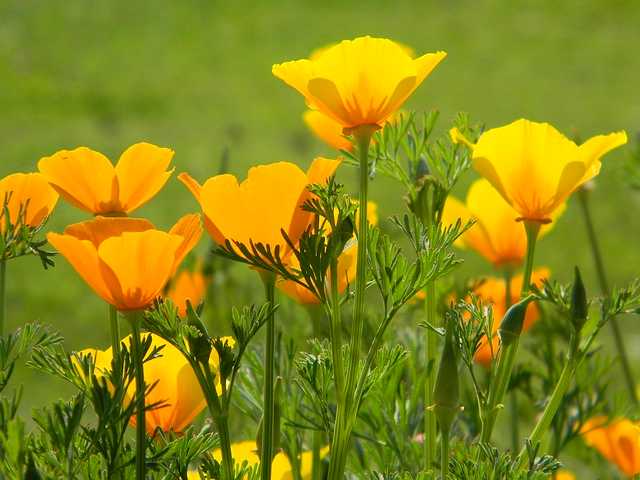
The Californian poppy is a resilient annual known for its vibrant orange flowers and feathery green foliage. This plant flourishes in well-drained soil and full sun, and it is highly tolerant of drought conditions once established. Snails tend to avoid Californian poppies due to their strong fragrance and lower water content. As a native plant, it’s adaptable to various soil types and can thrive in poor nutrient conditions, making it an excellent choice for eco-friendly gardening. Additionally, its bright, cheerful blooms usher in spring and provide essential nectar for pollinators.
Lobelia
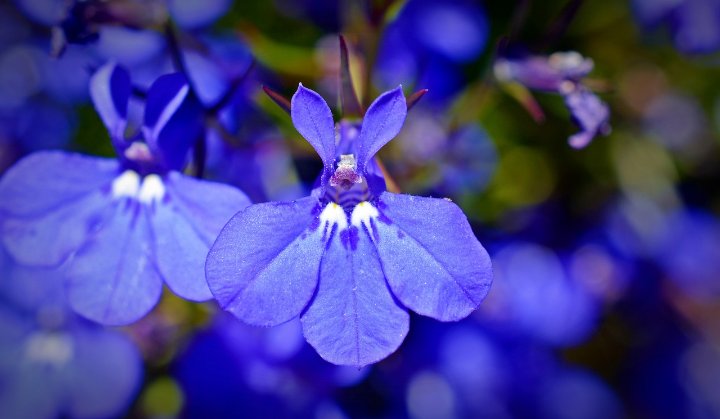
Lobelia, particularly the variety known as cardinal flower, is notorious for its striking, vibrant blue and purple flowers that attract hummingbirds and bees. This perennial thrives in moist, well-drained soil and partial shade. The leaves of Lobelia are often bitter-tasting, which acts as a deterrent to snails. Lobelia adds a beautiful splash of color to garden borders and containers, and its tolerance to wet conditions makes it perfect for rain gardens or areas with poor drainage.
Ferns
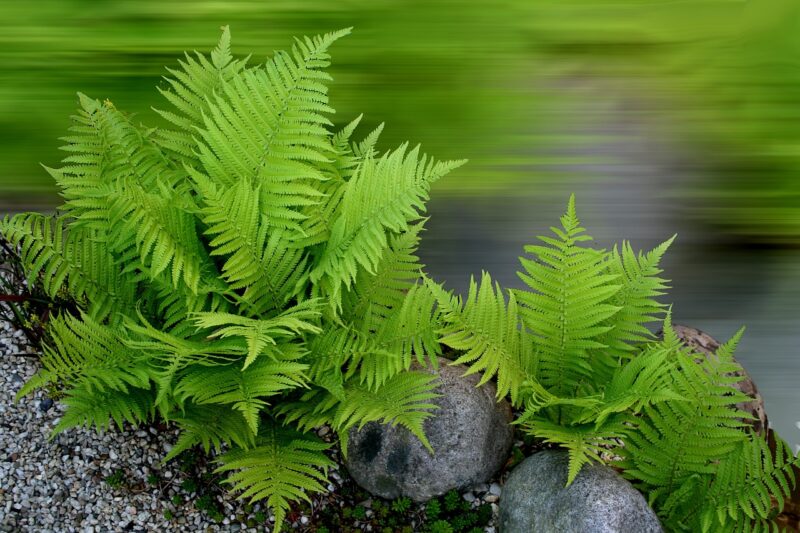
Ferns, with their lush green fronds, are known for their hardiness and adaptability. Many ferns are naturally resistant to snails due to their unappealing texture and the presence of compounds in their leaves that deter these pests. Ferns thrive in a variety of light conditions, from dense shade to filtered sunlight, making them an excellent choice for more challenging garden areas. Additionally, ferns contribute to the biodiversity of the garden, providing habitat for various insect species and adding lushness and texture to the landscape.
Heuchera
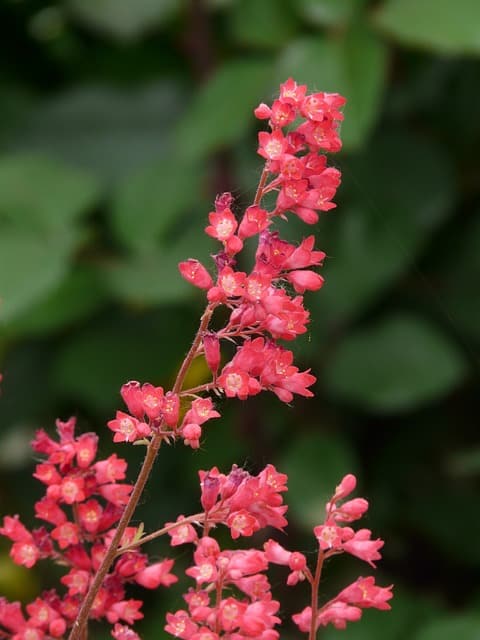
Heuchera, commonly referred to as coral bells, is a perennial known for its striking foliage, which comes in an array of colors, including deep purples, bright greens, and variegated patterns. These plants are particularly resistant to snails due to their hairy leaves and higher levels of tannins, which are unpalatable to these pests. Heuchera thrives in partial shade to full sun and is excellent for adding color to shaded garden areas. Additionally, its delicate flower spikes provide nectar to hummingbirds and butterflies, enhancing the overall biodiversity of the garden.
Rose
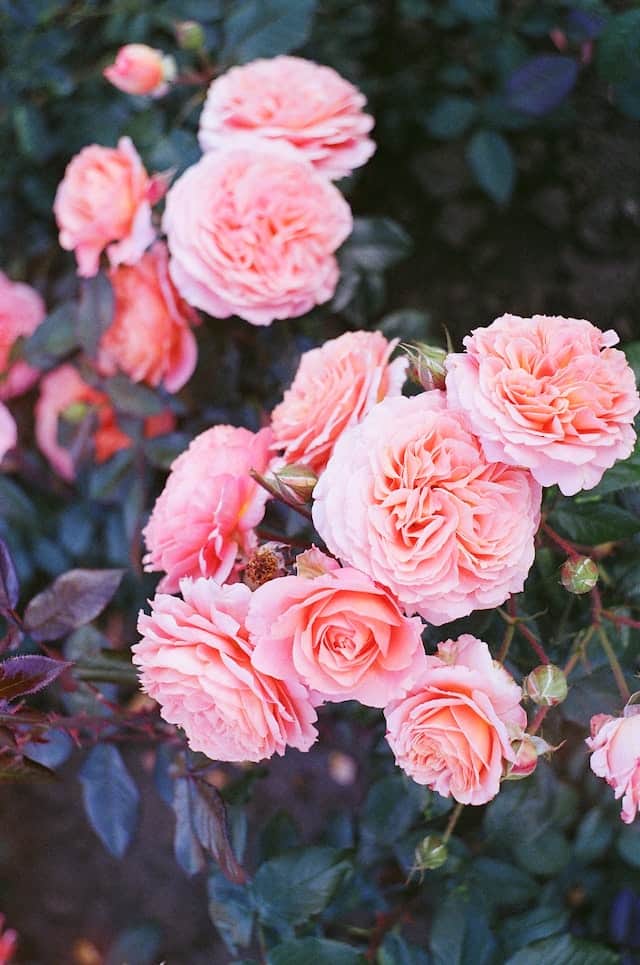
Roses are often cherished for their beauty and fragrance, but certain varieties exhibit resistance to snails. While these pests may enjoy soft, young leaves, many rose varieties, especially those with thicker, tougher foliage, can deter them. Furthermore, the use of integrated pest management strategies, including selecting resilient rose cultivars and applying organic deterrents, can create a welcoming environment for these iconic plants while minimizing snail damage. Regular pruning and maintenance keep rose bushes healthy, enhancing their resistance to pests and diseases.
Erigeron
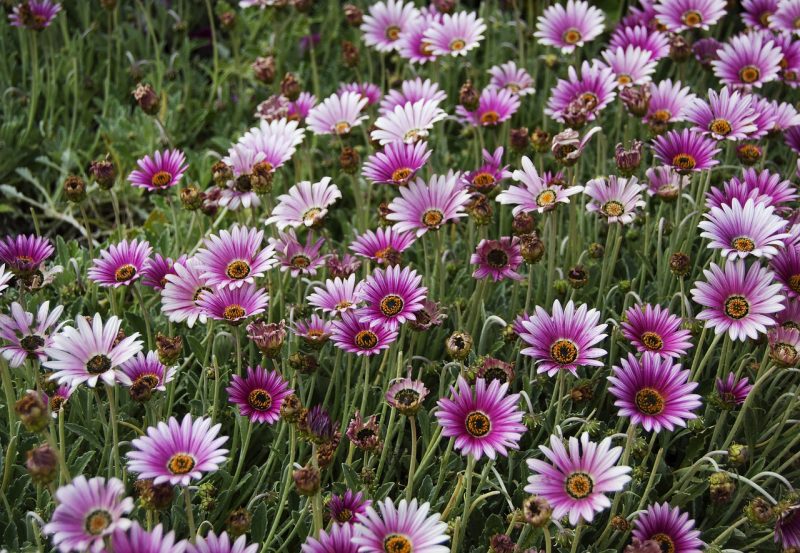
Commonly known as fleabane, Erigeron is a perennial that features daisy-like flowers in shades of white, pink, and purple. These plants thrive in poor soils and require full sun to flourish. Erigeron’s fine-textured leaves are typically unappealing to snails, making it an excellent choice for reducing their presence in the garden. With a prolonged flowering period, fleabane attracts various pollinators, creating a buzzing habitat in your garden while providing a vibrant display of color throughout the growing season.
Knautia Macedonica
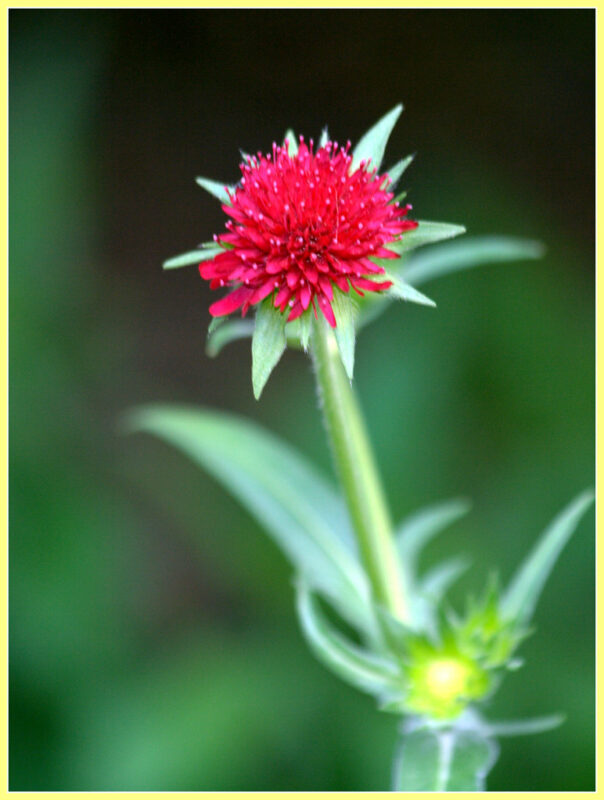
Knautia macedonica, popularly known as macedonian scabious or field scabious, is a perennial that features striking, pincushion-like blooms in vibrant shades of red and purple. The textured foliage and robust stems make this plant less appealing to snails, which prefer softer plants. Knautia thrives in sunny positions with well-drained soil and produces flowers from early summer to autumn, attracting butterflies and bees. Its resilience and long blooming period make it a favorite among gardeners looking to add color and interest to their landscapes.
Rosemary

Rosemary is a fragrant herb that not only enhances culinary dishes but also deters snails effectively. The strong aroma and tough, needle-like leaves make it unappealing to these pests. Rosemary thrives in sunny, well-drained conditions and is drought-tolerant once established. This versatile plant can be incorporated into herb gardens, borders, or containers, serving both an ornamental and practical purpose. Additionally, rosemary attracts beneficial insects, providing another layer of support to the ecosystem of your garden.
Geranium
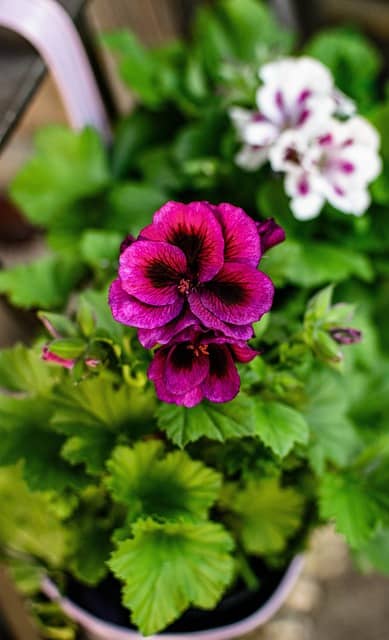
Geraniums, commonly known as cranesbill, are hardy perennials that produce a delightful array of flowers in various colors. Their scented leaves contain compounds that snails dislike, making them a natural deterrent in the garden. Geraniums thrive in well-drained soil and full sun to partial shade, showcasing their vibrant blooms throughout the growing season. With their diverse sizes and forms, they can be effectively used as ground cover, border plants, or in rock gardens. The resilience of geraniums is a significant advantage for gardeners facing snail problems.
Allium
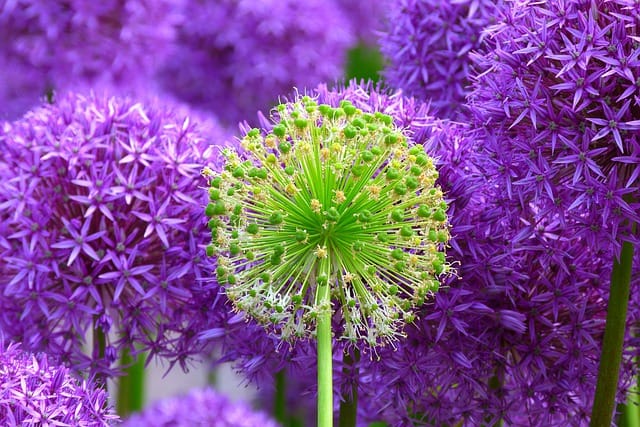
Allium, or ornamental onion, features dramatic globe-shaped flower heads that stand tall above slender stems, adding a unique architectural element to the garden. Snails tend to avoid Allium due to the strong smell of the bulb and foliage, which many find unappealing. These plants thrive in well-drained soil and full sun, and they require minimal maintenance. The stunning blooms not only provide visual interest but also attract pollinators, contributing to a diverse garden ecosystem.
Verbena Bonariensis
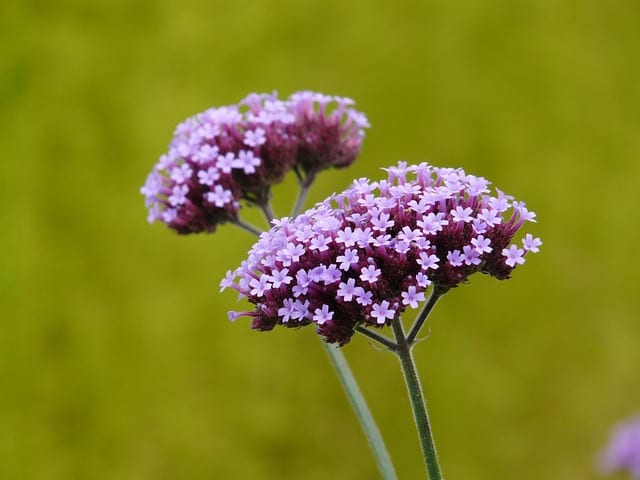
Verbena bonariensis, known for its tall and airy flower stalks adorned with small purple clusters, is a magnet for pollinators and beneficial insects. This biennial plant can thrive in various soil types and loves sunny locations. The stiff structure and toughness of the plant deter snails, which prefer softer, more tender foliage. Verbena bonariensis is ideal for adding height and color to mixed borders or wildflower gardens, creating a visually striking display while maintaining resistance to pests.
Trachelospermum Jasminoides
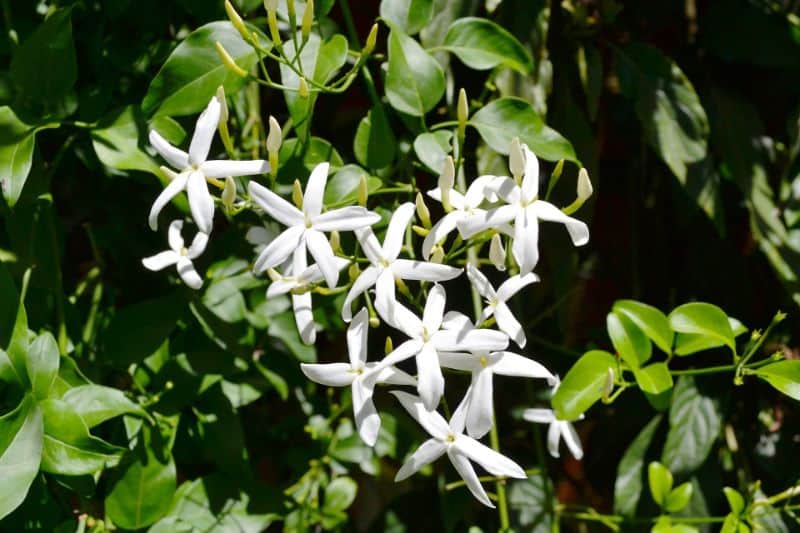
Commonly known as star jasmine, Trachelospermum jasminoides is a vigorous evergreen vine famous for its glossy green leaves and fragrant white flowers. Snails typically shy away from this plant due to its waxy leaf structure and strong scent. It thrives in well-drained soil and full to partial sun. As a climber, star jasmine can quickly cover trellises and fences, creating a lush green canvas. Its ability to attract pollinators while remaining resilient against pests makes it a promising addition to any garden.
Aquilegia
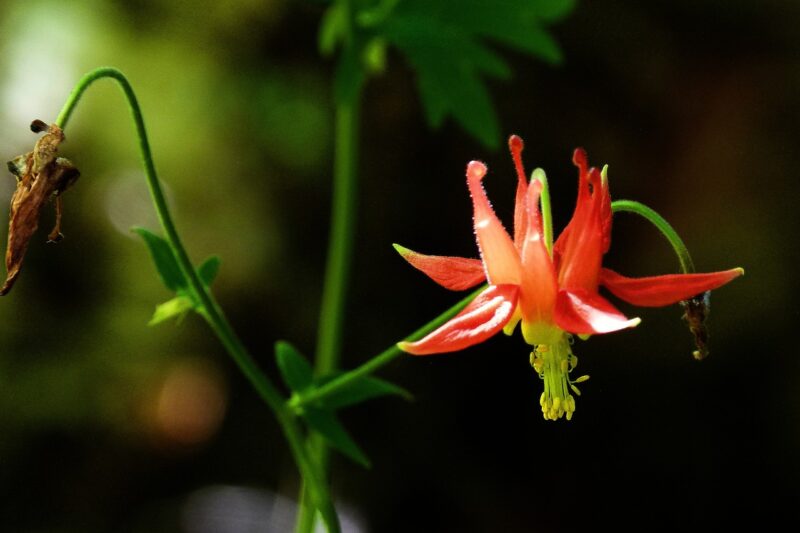
Aquilegia, commonly known as columbine, is a perennial that produces unique, bell-shaped flowers in a range of colors, including blue, purple, red, and yellow. The foliage of Aquilegia is not a favorite among snails, making this plant a good option for gardens battling these pests. Columbines prefer well-drained soil with partial shade and are known to attract hummingbirds and butterflies, adding to a garden’s overall appeal. Their charming flowers provide early spring color, making them a delightful addition.
Osteospermum
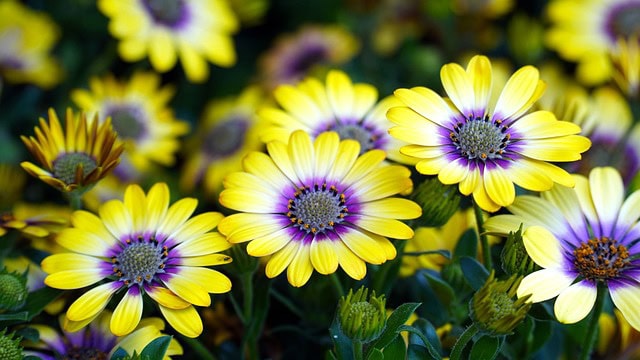
Osteospermum, or African daisy, is recognized for its vibrant and colorful blooms that appear over a long season. These sun-loving plants are quite resilient and can tolerate various soil types. Snails tend to avoid osteospermum due to its rough foliage and because they are less likely to thrive in dry conditions. These plants not only add vibrant color to the summer landscape but also attract pollinators, enhancing the garden’s ecological value while helping to manage pest populations.
Euphorbia
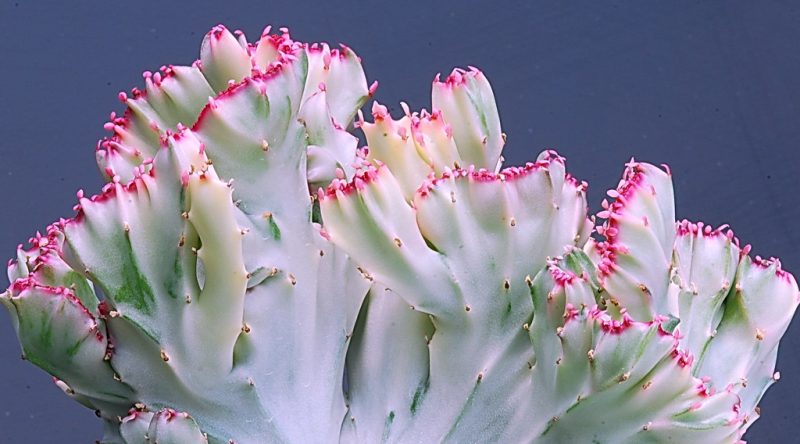
Euphorbia is a diverse genus of plants known for their unique shapes, structures, and often milky sap. Many species are well-known for their ability to resist pests, including snails. The latex sap of Euphorbia can be irritating to some creatures, further discouraging snails from munching on them. These plants thrive in well-drained soil and can flourish in sunny or partially shaded areas. The diverse forms and sizes of Euphorbia provide architectural interest while remaining largely unfazed by common garden pests.
Penstemon
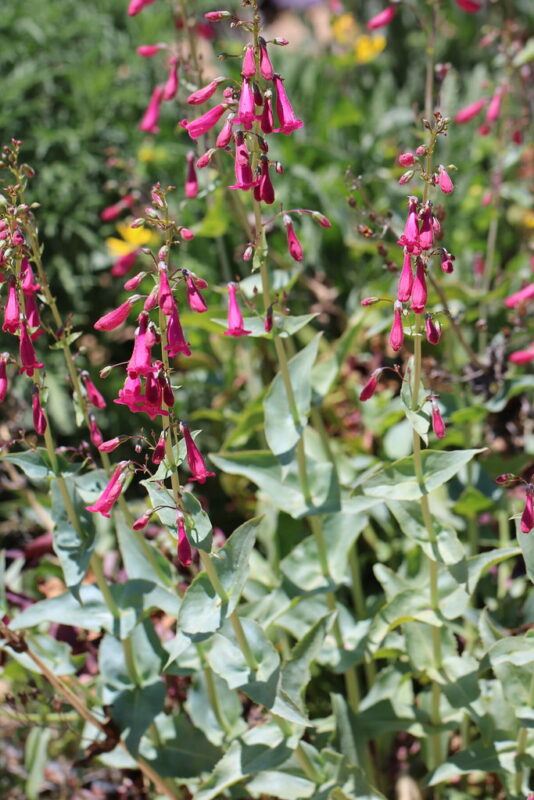
Penstemon, or beardtongue, is a vibrant perennial with tubular flowers that are popular among hummingbirds. These plants typically possess hairy foliage, which serves to deter snails. Penstemon thrives in well-drained soil and full sun. They not only add vivid colors to gardens but also have a reputation for being low maintenance. Their ability to perform beautifully in dry conditions makes them an excellent choice for xeriscaping and low-water gardens, validating their place in snail-resistant planting schemes.
Ajuga
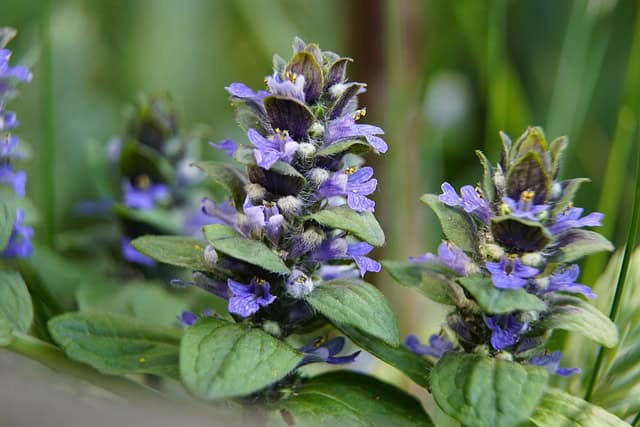
Ajuga, or bugleweed, is a low-growing perennial known for its lush foliage and spikes of blue flowers. This groundcover is both aesthetically pleasing and functional, filling in gaps in shaded areas while resisting snail damage. Ajuga thrives in moist, well-drained soil and tolerates a range of light conditions, making it highly versatile for various garden designs. Its dense growth habit also helps suppress weeds, creating a healthier environment overall.
Alchemilla Mollis
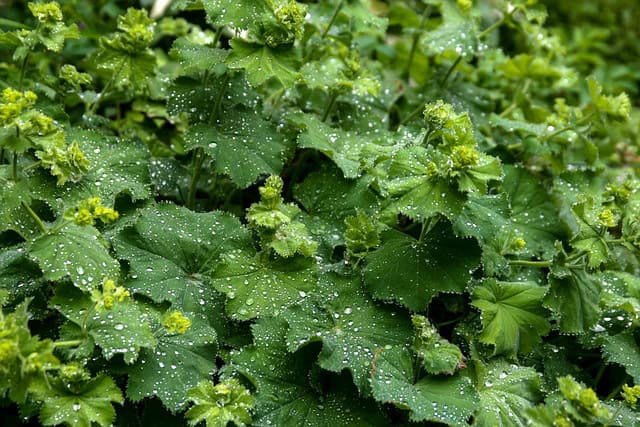
Alchemilla mollis, commonly referred to as lady’s mantle, is a perennial known for its delicate, scalloped leaves and charming yellow-green flowers. The leaves of lady’s mantle are slightly hairy and contain water droplets, which make them less appealing to snails. This plant thrives in well-drained soil and partial shade, making it an excellent selection for woodland gardens and shaded borders. Alchemilla mollis is easy to grow and provides a lovely foliage backdrop that complements other flowers beautifully.
Hellebores
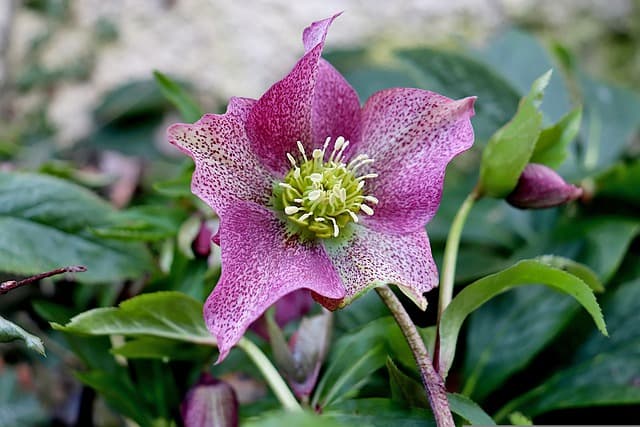
Hellebores, or Lenten roses, are early spring bloomers that flourish in shaded areas and are known to be snail-resistant. Their leathery leaves and sometimes spiky texture deter these pests, while their flowers provide an elegant touch to the garden. Hellebores thrive in various soil types and are particularly attractive in shaded locations, offering color when many other plants are still dormant. With their rich foliage and impressive blooms, hellebores make a versatile choice for adding both beauty and resilience to a garden.
Lavender
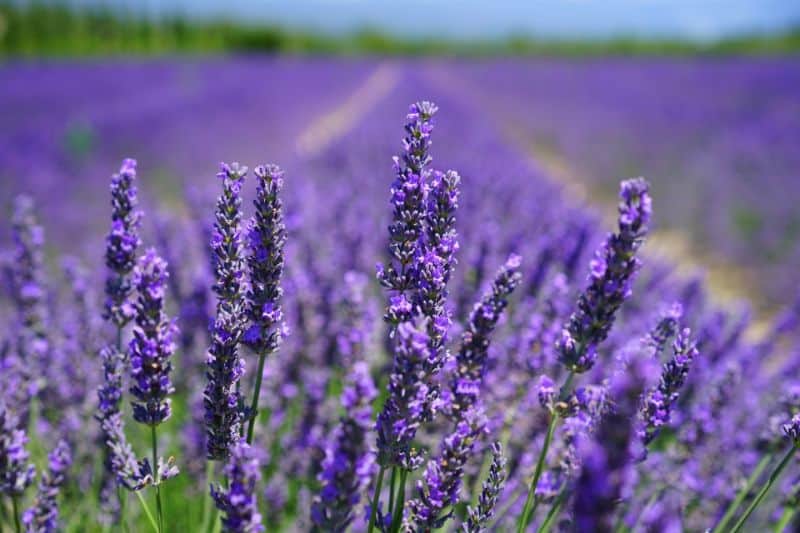
Lavender, popular for its delightful fragrance and stunning purple flowers, is a well-known snail deterrent. The strong scent and tough leaves of lavender are usually unwelcoming to snails. These plants thrive in sunny, well-drained conditions and are drought-tolerant once established. Lavender not only adds a touch of elegance and aroma to gardens but also attracts beneficial pollinators. This aromatic herb can thrive in a variety of settings, from formal landscapes to cottage gardens, providing both beauty and resistance against pests.
Campanula
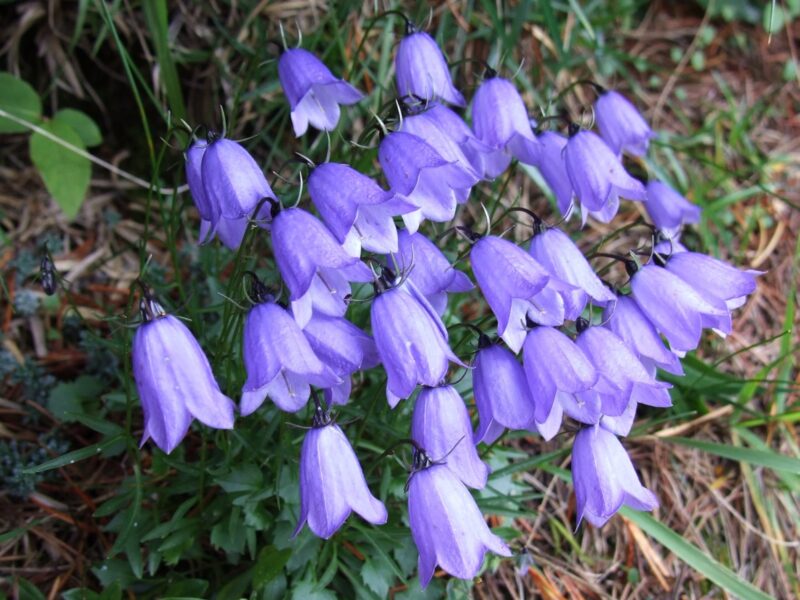
Campanula, or bellflower, features beautiful bell-shaped flowers that attract bees and other pollinators while generally being avoided by snails. With over 300 species available, campanulas can fit a variety of garden styles, from groundcovers to taller perennials. These plants tend to thrive in moderately fertile soil with good drainage and can flourish in both sunny and partially shaded locations. Their charming blooms and overall adaptability make them a must-have for any garden concerned about snail invasion.
Cyclamen
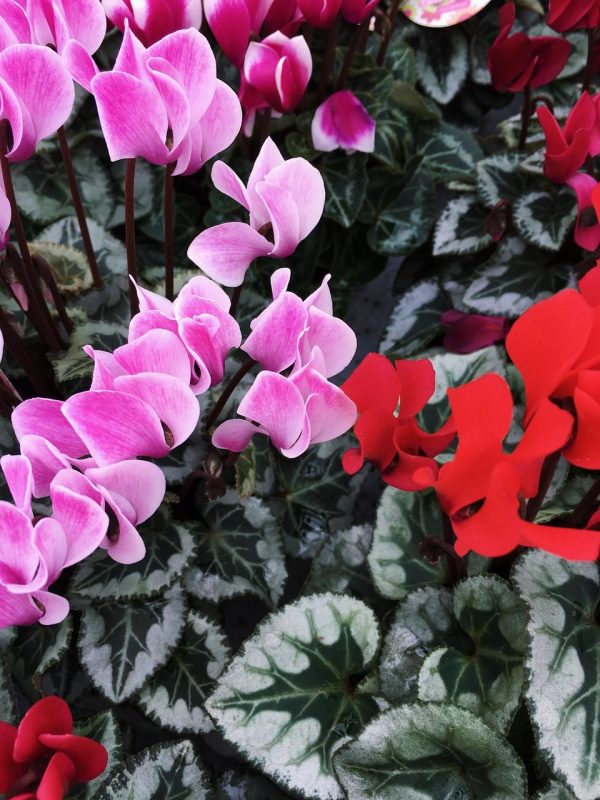
Cyclamen are delightful perennial plants with distinctive, heart-shaped leaves and beautifully intricate flowers that bloom in the fall and winter months. Snails typically avoid these plants due to their thick leaves and underground tubers, which do not provide easy sustenance. Cyclamen thrive in well-drained soil and prefer shaded areas, making them excellent for woodland gardens or under trees. Their longevity and ability to grow in low-light situations make them a valuable addition to any snail-resistant plant list.
Hydrangeas
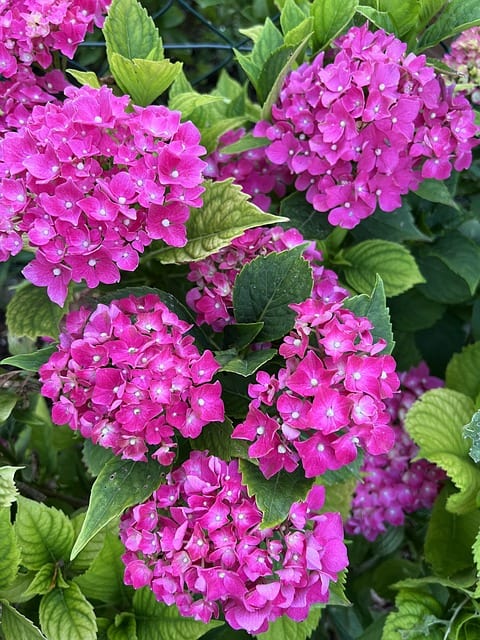
Hydrangeas are cherished for their large, showy flower heads that offer a burst of color in the garden. Some varieties are typically less appealing to snails due to their thick, leathery leaves and upright growth form. These shrubs thrive in various soil types but prefer their soil to be moisture-retentive and well-drained. Hydrangeas can flourish in sunlight or partial shade, making them incredibly versatile for garden design. Their capacity to attract butterflies and pollinators complements their beauty while providing substantial resistance to garden pests.
Hylotelephium (formerly known as Sedum)
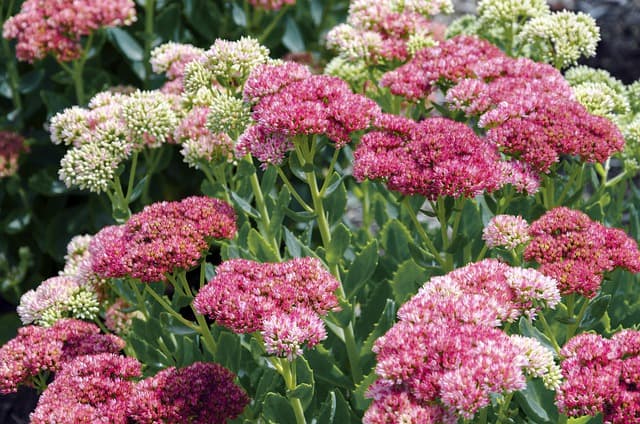
Hylotelephium, formerly known as Sedum, encompasses a selection of succulents that thrive in diverse environments. These resilient perennials contain thick leaves, which snails tend to avoid due to their low moisture content and waxy texture. Hylotelephium is exceptionally drought-tolerant and can flourish in full sun or well-drained conditions, making them ideal for rock gardens and xeriscapes. Their vibrant flowers in late summer attract pollinators while remaining hearty against pest damage.
Eryngium or Sea Holly
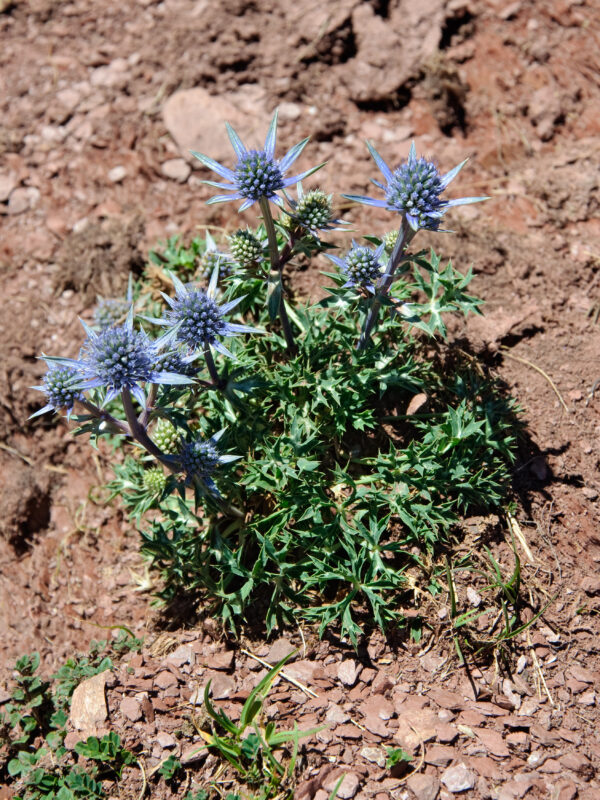
Eryngium, commonly known as sea holly, is known for its striking blue-green foliage and spiky, thistle-like flowers. This hardy perennial is resistant to snails due to its tough, spiny leaves and overall robust form. Eryngium thrives in well-drained soil and full sun, making it perfect for sunny borders or seaside gardens. The unique appearance of sea holly brings an architectural element to the garden and attracts beneficial insects, reinforcing its resilience against common pests like snails.


